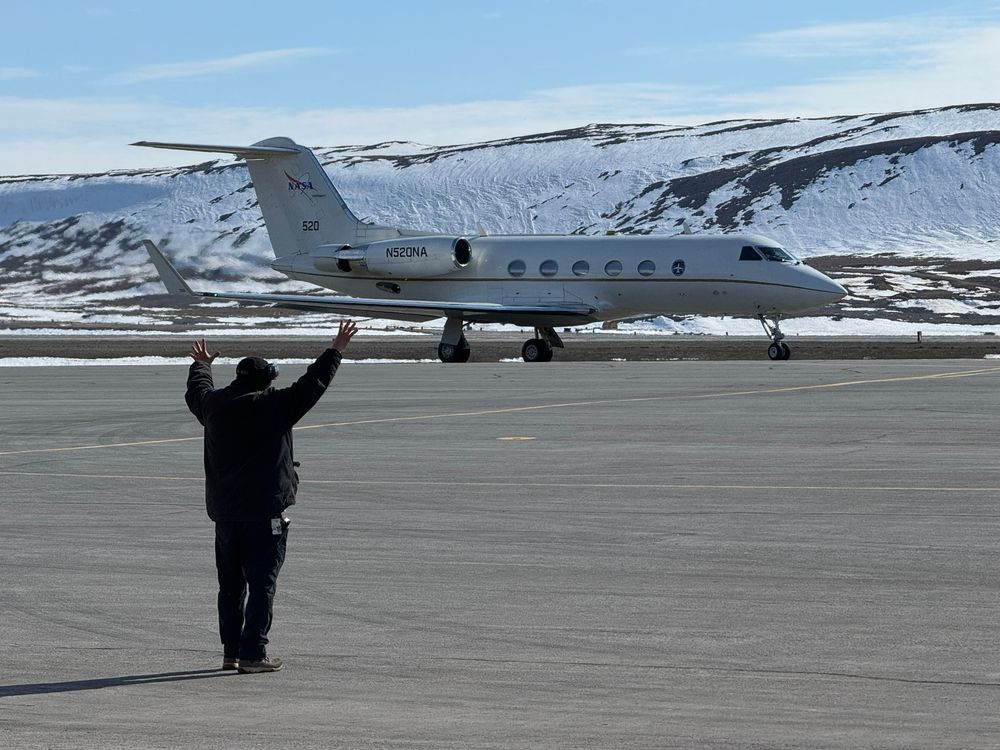Featured Videos
How NASA and Partners Look at Air Quality Around the Globe
Together with South Korea, Taiwan, Malaysia, Thailand, and the Philippines, NASA scientists took to the field for the Asia Air Quality campaign to better understand local air quality issues underneath the GEMS satellite— a sister satellite to North America’s TEMPO.
2023 Ozone Hole Update
The 2023 Antarctic ozone hole reached its maximum size at 10 million square miles, or 26 million square kilometers, on Sept. 21, which ranks as the 16th largest since 1979, according to annual satellite and balloon-based measurements made by NASA and NOAA.
How NASA Sees the Air We Breathe
NASA and NOAA, among other agencies, worked together this summer through the STAQS and AEROMMA missions to calibrate and validate NASA’s new TEMPO satellite. The satellite and missions combined aim to not only better measure air quality, and the major pollutants that impact it, but also to improve air quality, from street to stratosphere.
Ozone 101: What is the Ozone Hole?
Let’s back up to the basics and understand what caused the Ozone Hole, its effects on the planet, and what scientists predict will happen in future decades.


